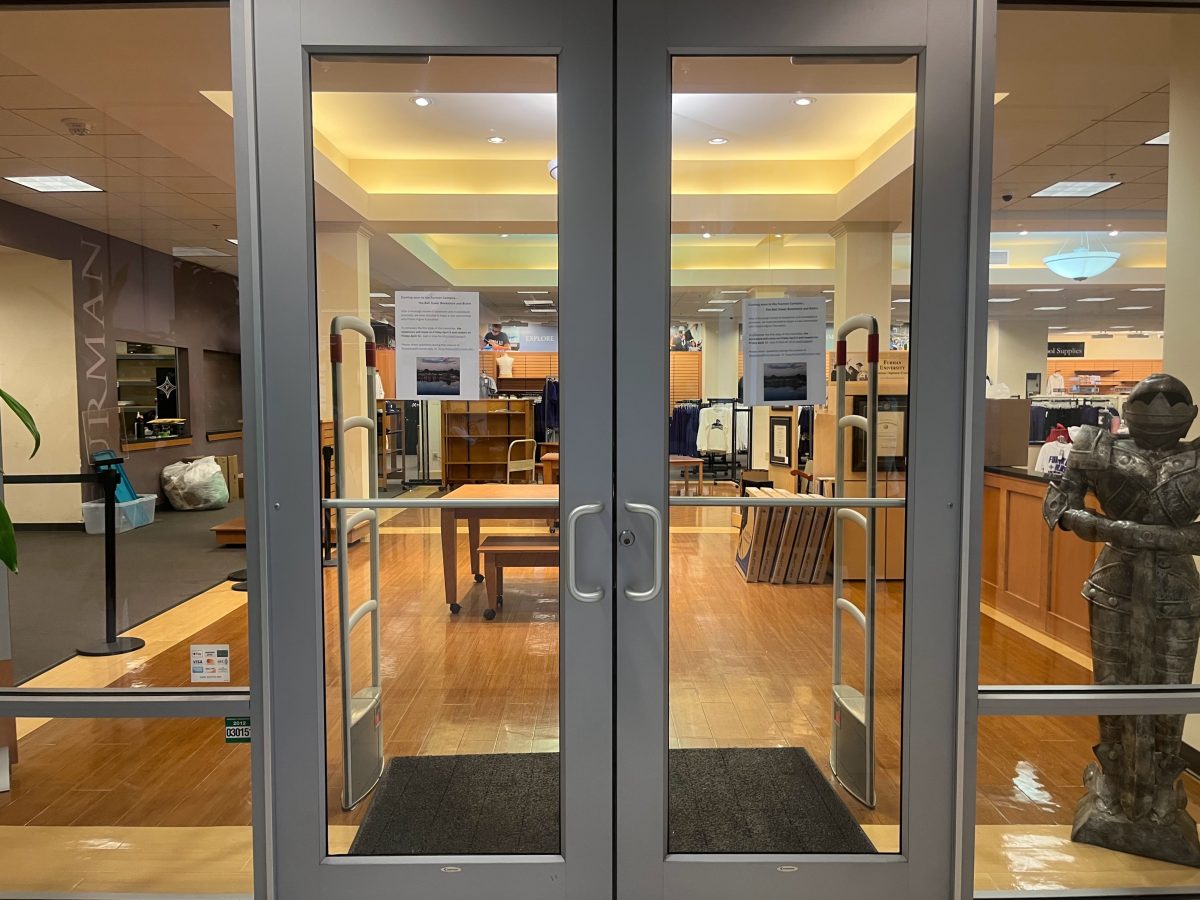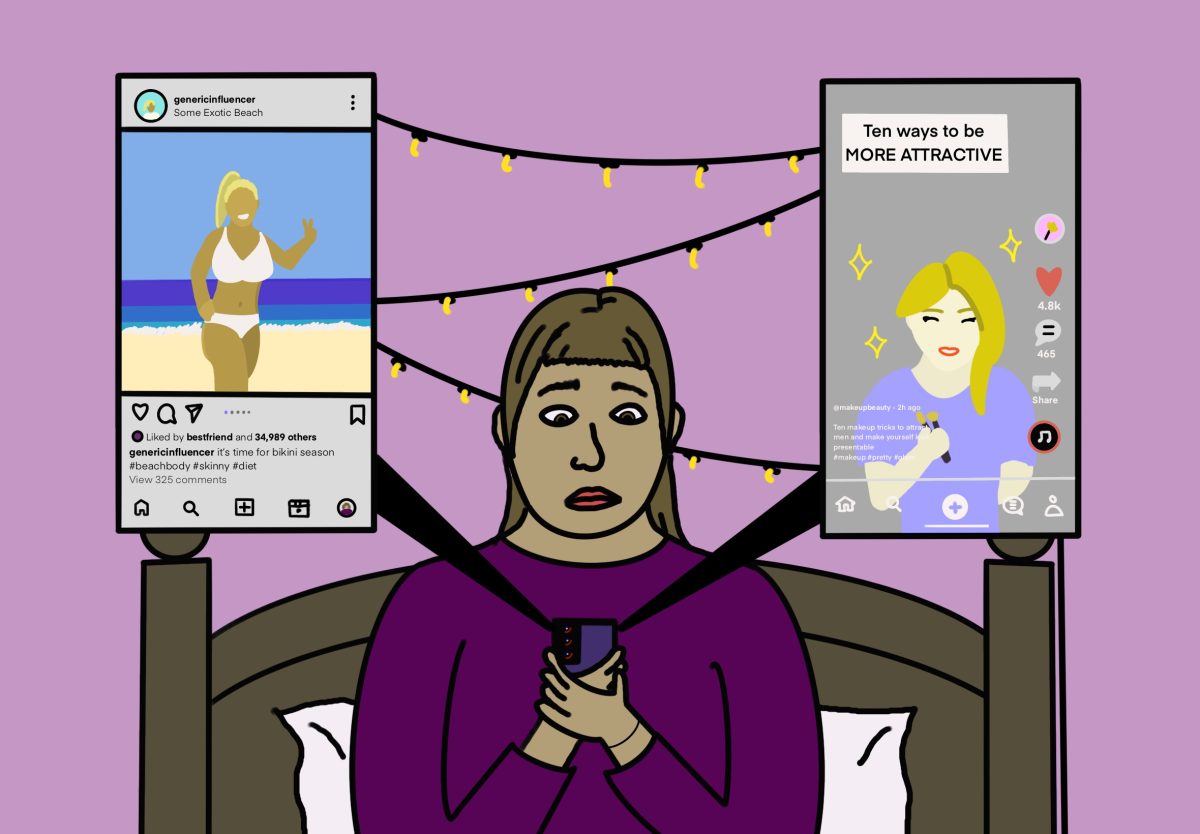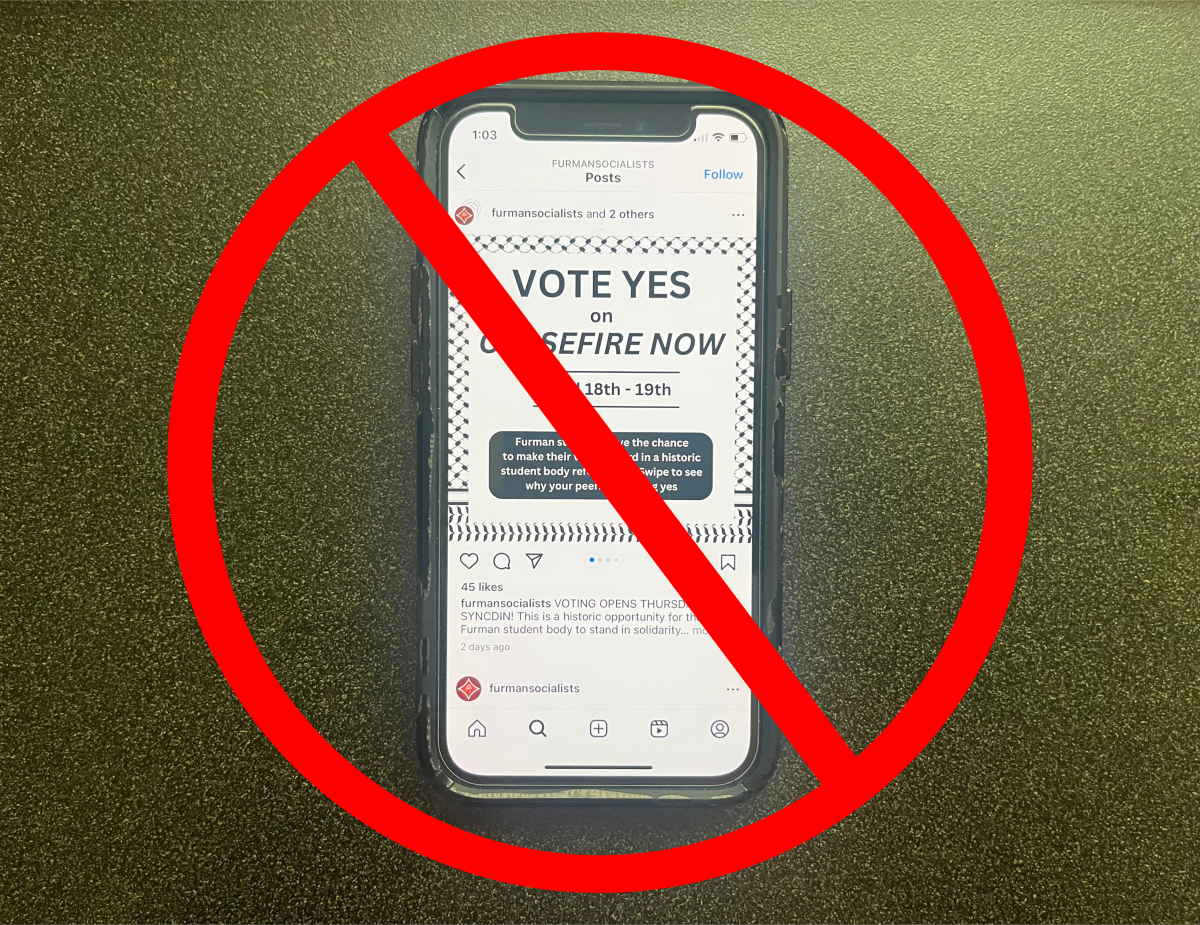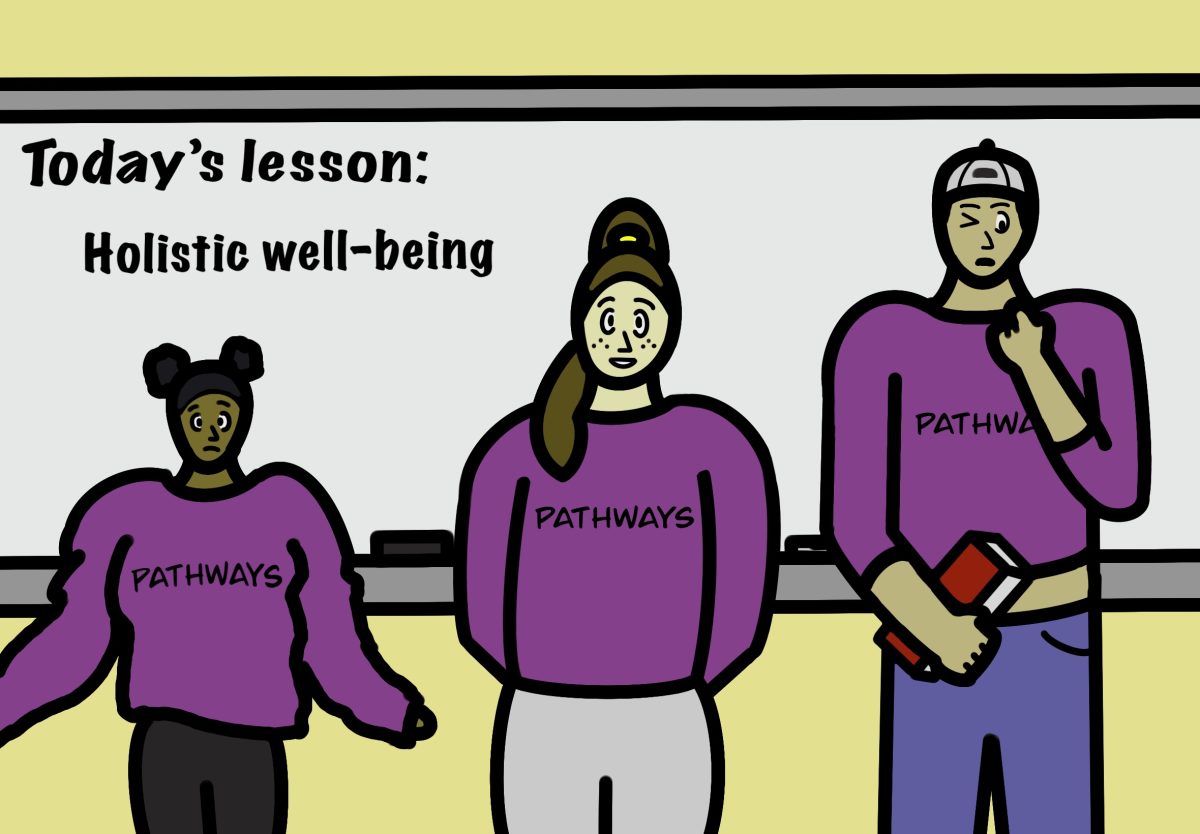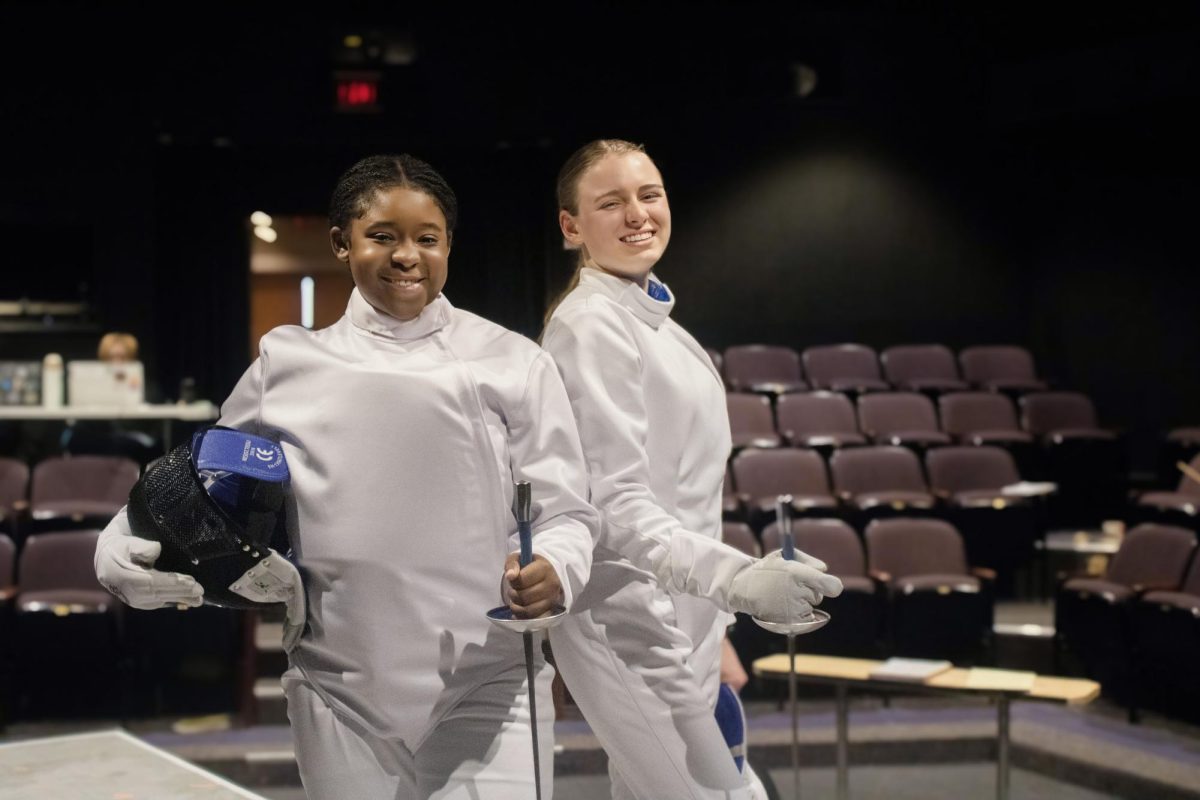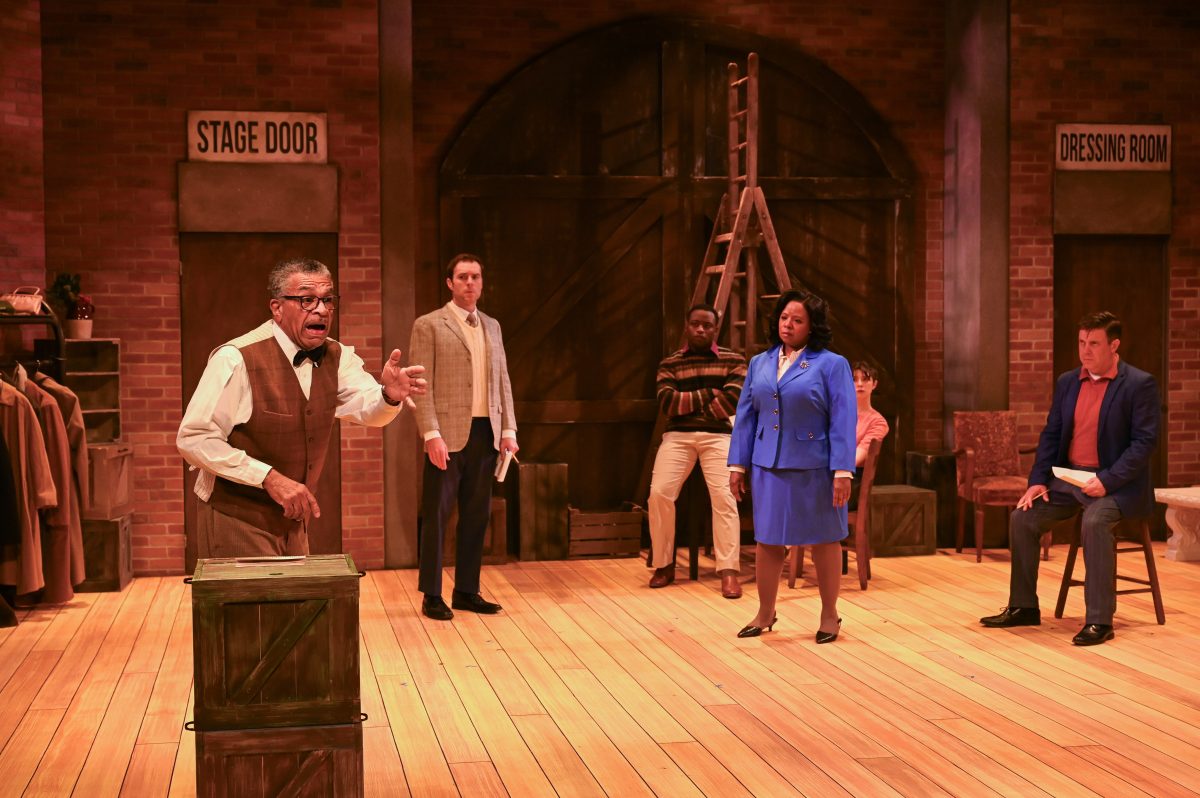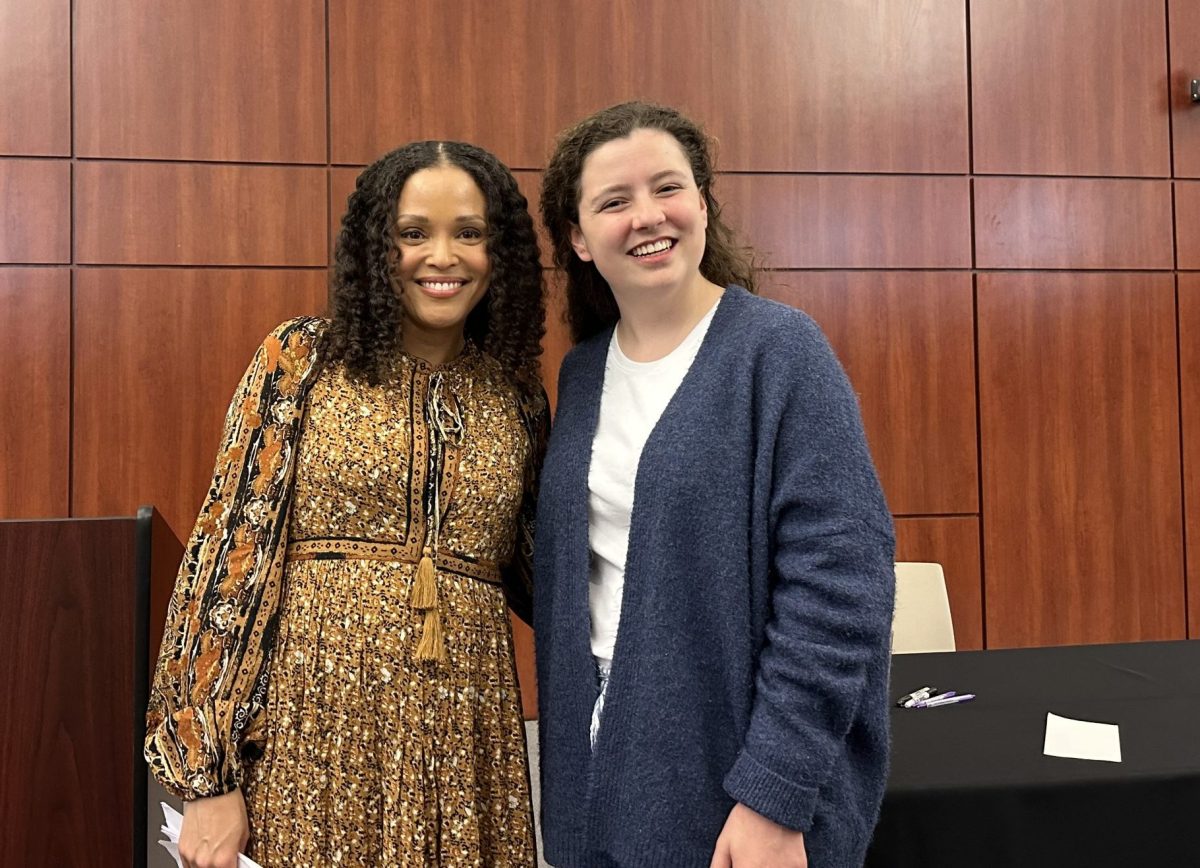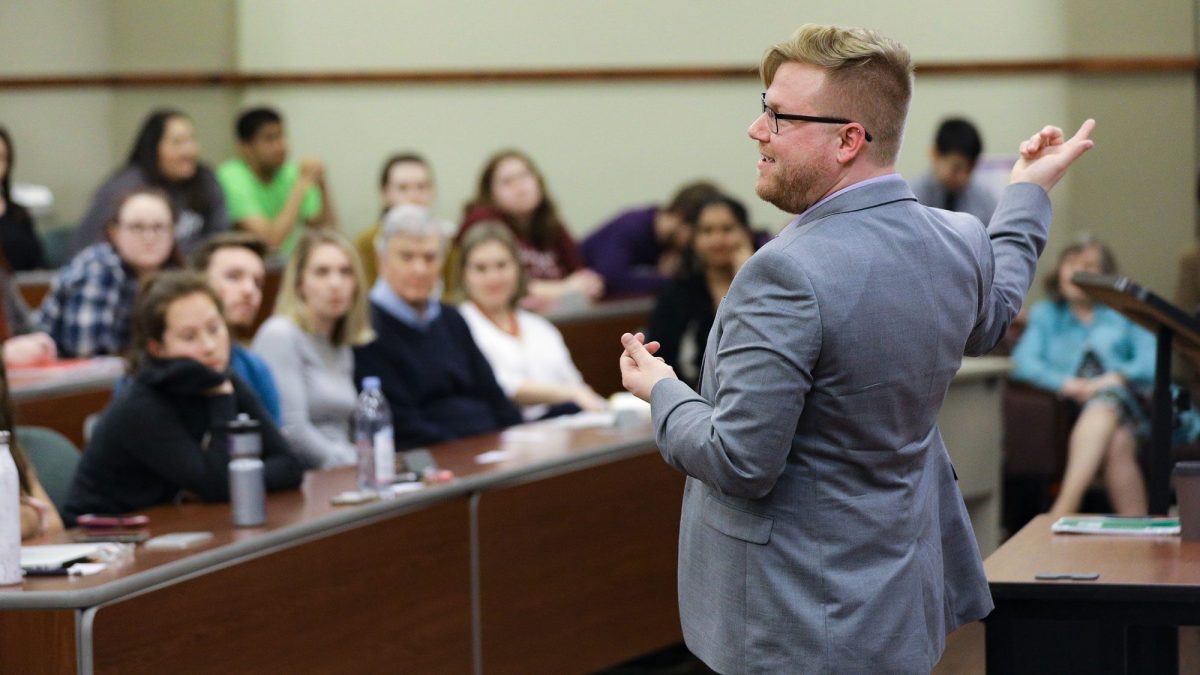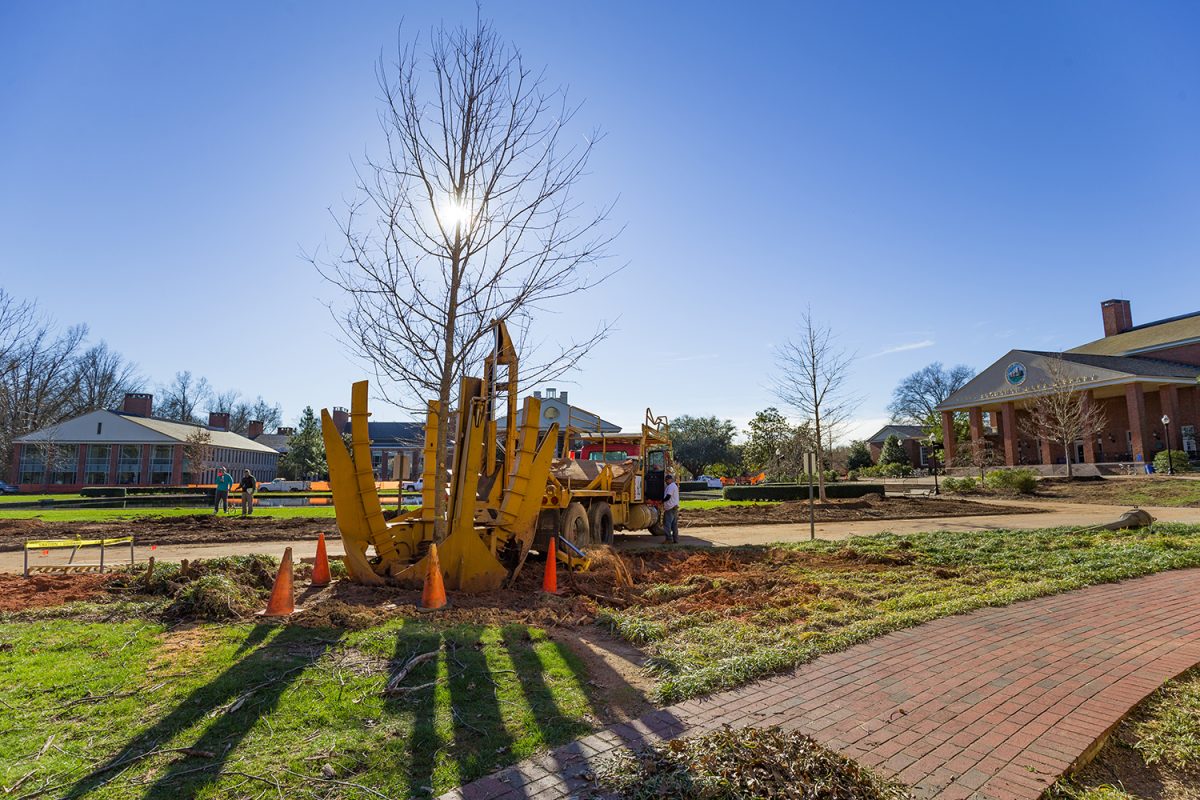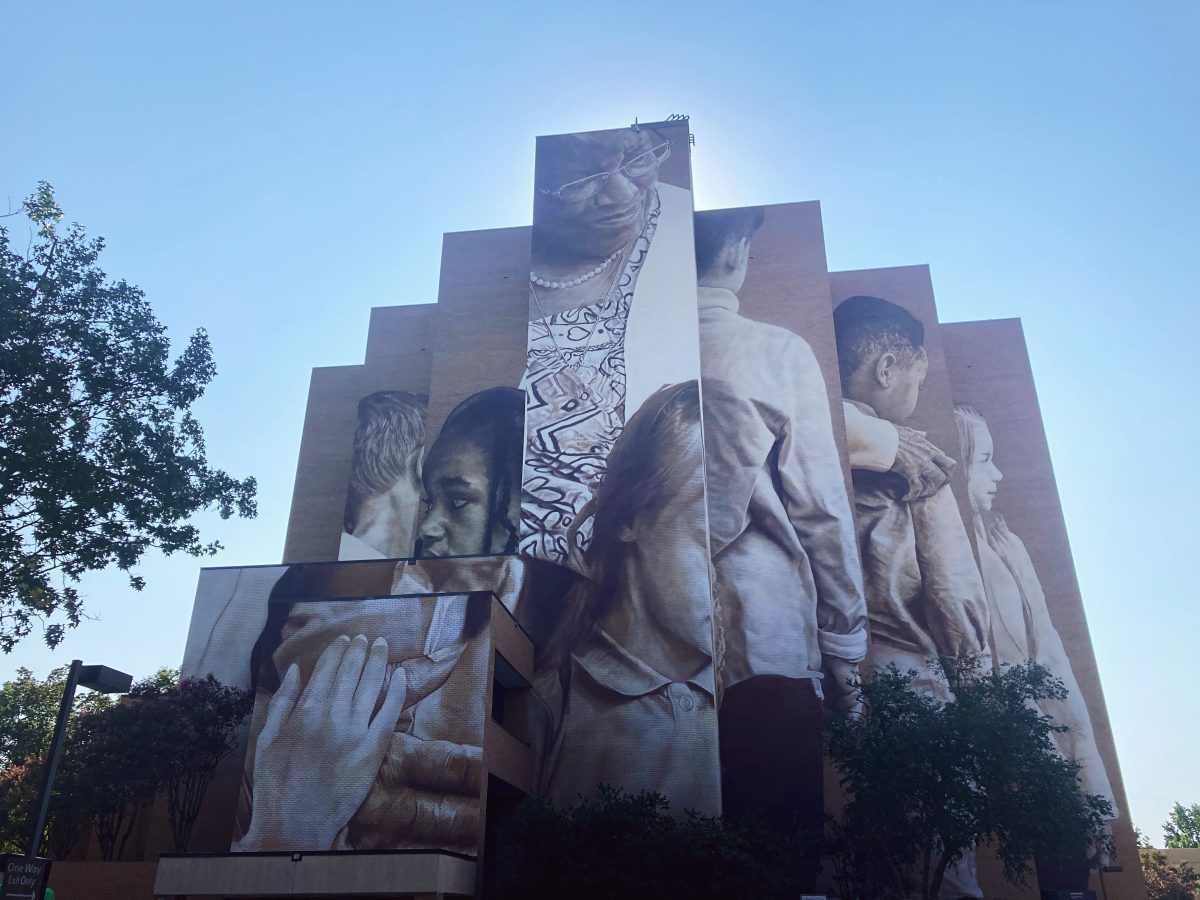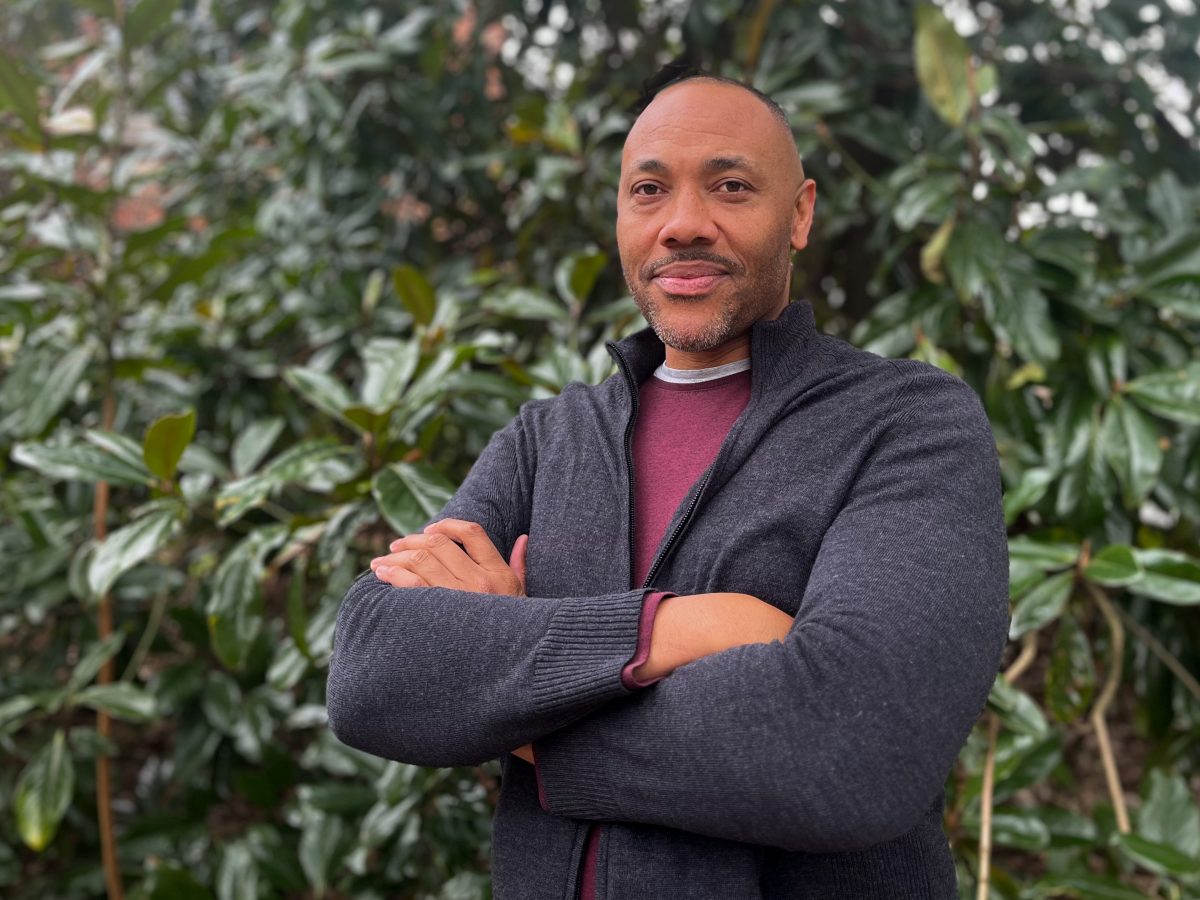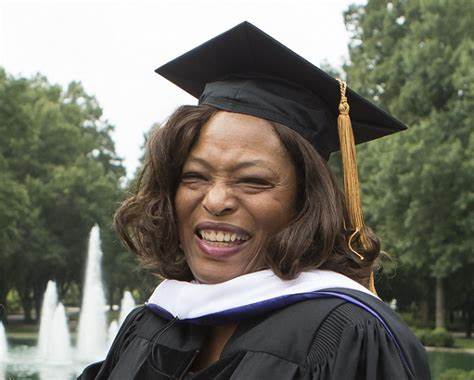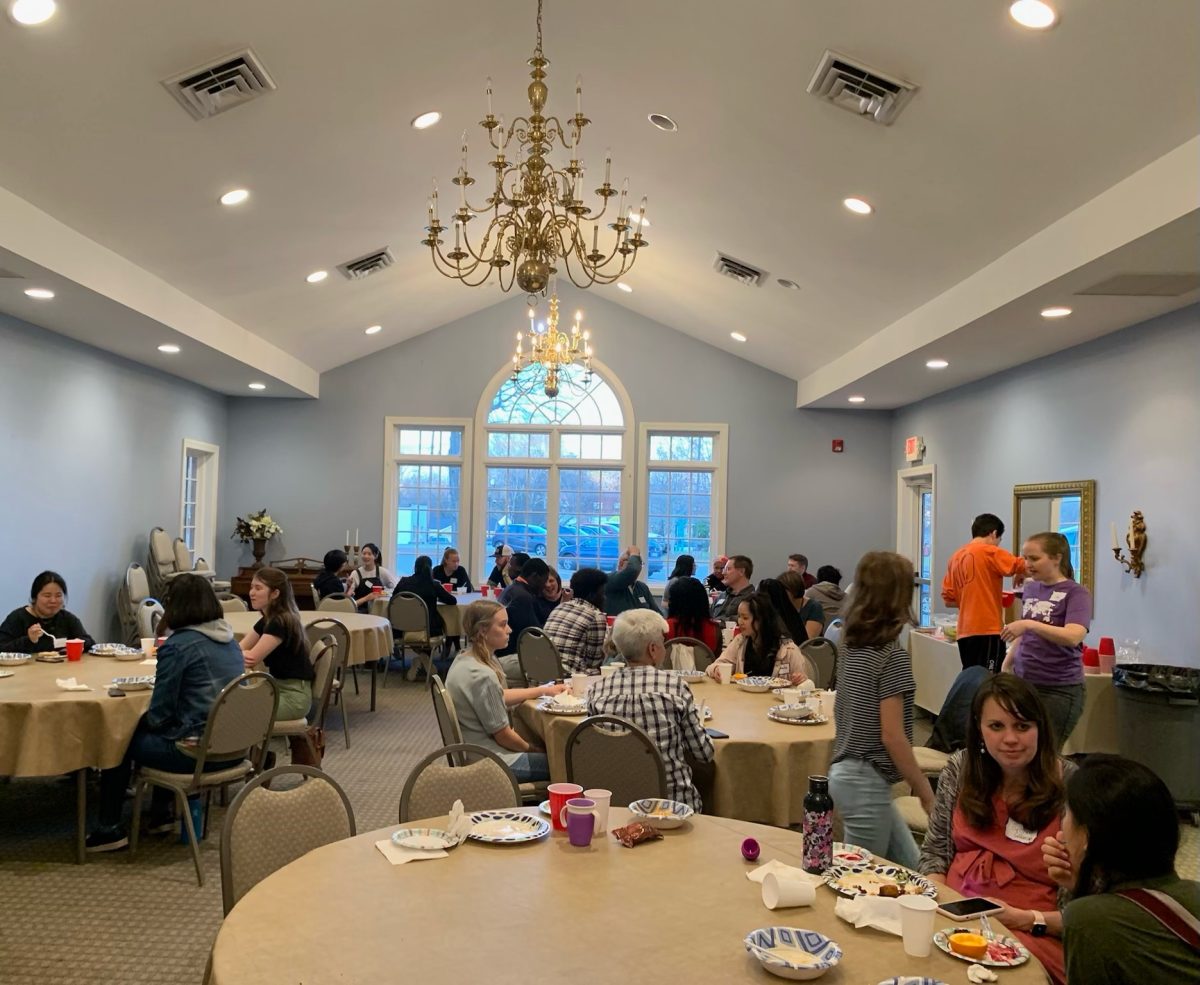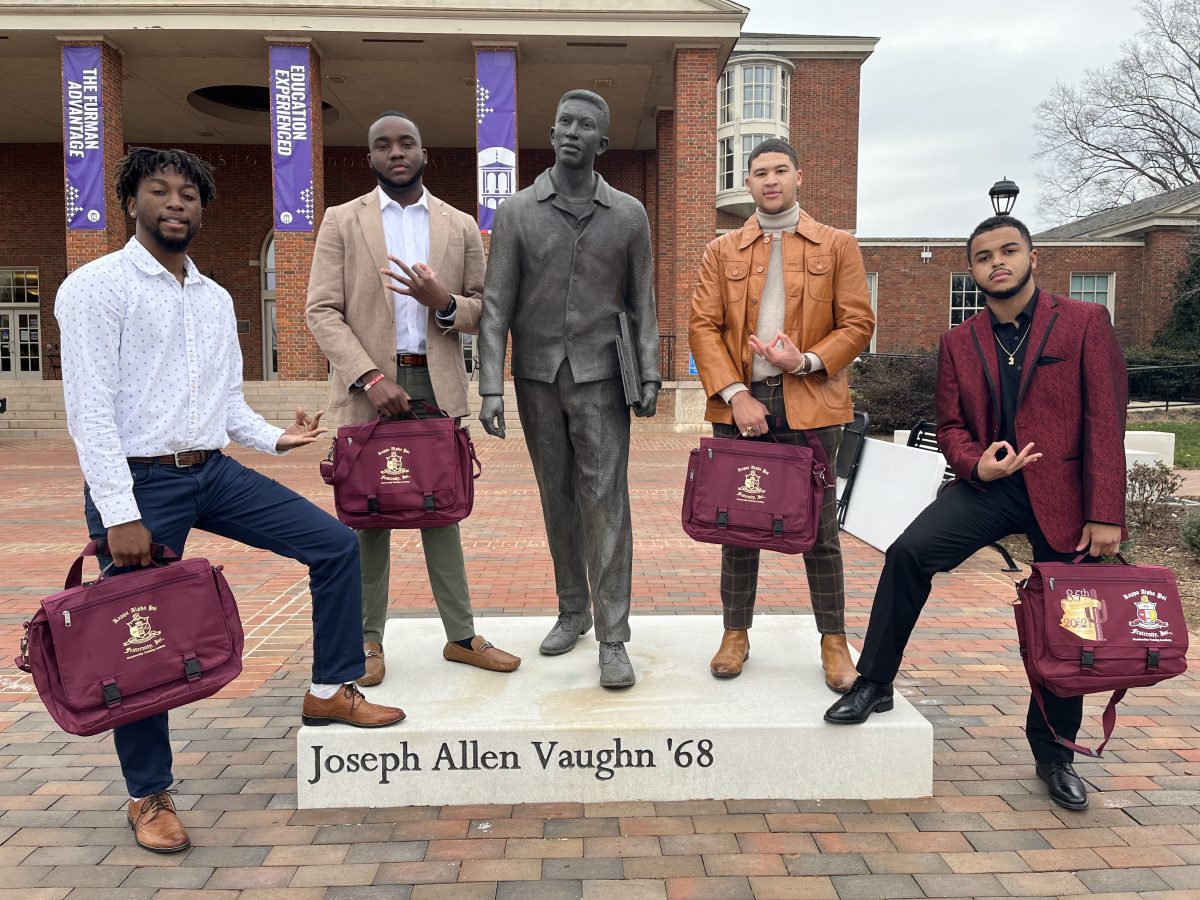Driving into downtown Greenville on Buncombe Street looks different this year. On Aug. 26, artist Guido van Helten revealed his eight-story mural on Canvas Tower, commemorating the work of Greenville educator Pearlie Harris. Serving as the first black teacher in an all-white elementary school, Harris helped integrate Greenville County Schools over 50 years ago.
Pearlie Harris grew up in Saluda, NC, with three brothers. The public schools nearby were segregated, so she attended all-black public schools until she graduated from high school. Harris later majored in education at Barber-Scotia College, a historically black women’s college. After teaching for a few years, she obtained her Master’s in Education from Furman University in 1983. At the time, Furman was not a diverse institution. Although there were other black students in the education program, all of Harris’ professors were white. While most acted appropriately toward students of color, Harris recalled staying after class to speak with one instructor who was treating her unfairly. “I was taught to treat others like you want to be treated,” Harris explained, “and after that talk, the professor and I became nice friends and moved on.” She did not let that experience deter her ambitions, and overall, Harris enjoyed her experience and later sent her two sons to summer music camp at the University.
Prior to her time at Furman, Harris taught at several elementary schools in South Carolina. In 1968, when Harris was working at Burgess Elementary, a segregated black school in Greenville County, the superintendent approached her, asking if she was comfortable transferring to an all-white school. “Children are children,” Harris replied without hesitation. Upon transferring, she became one of the first Black teachers in any of the all-white public schools in Greenville County, which inevitably came with its own trials.
Harris does not often discuss her experience at Crestone Elementary School. From teachers switching tables to avoid her, parents withdrawing students from her class, and children repeating racist slurs, her time there was full of challenges. Harris responded patiently to the mistreatment and attempted to find the positive aspects of her situation. When forced to teach in a portable classroom away from the school, Harris saw the isolation as distraction-free, helping keep her third-grade class focused. Despite students referring to her as “that woman” or “that n*****,” Harris calmly wrote her name on the blackboard every day, and eventually, all of her students addressed her correctly. “Children brought to school what they learned at home,” Harris explained. “You can’t take that out on them. Children are copycats.” She accepted the challenge put before her and consistently treated her students with patience and respect, not faulting the children for the words and behaviors they repeated.
Over time, the teachers, parents and students at Crestone Elementary grew to respect Harris because of her diligence and enthusiasm in the classroom. “Everybody started loving me when they saw my results,” Harris stated. “If you’re good to their children, parents don’t care what you do.” Shortly after, she transferred to Sara Collins School for several years before being selected for the gifted program. Working as the only black teacher in the gifted program, a prestigious position for her district, Harris collaborated with an increasingly diverse group of students for her remaining teaching years before retiring.
After teaching, Harris volunteered to work at the front desk at St. Francis Downtown, a Bon Secours hospital. In 1996, she was approached by the CEO and asked to serve on the hospital’s Internal Review Board. Four years later she joined the board and in 2009, she was promoted to the Chair of the Board of Directors for St. Francis. As the first woman and first African American to serve this position, Harris was, once again, in a historic role for the Greenville community. In 2011, an anonymous donor requested that Pearlie Harris be honored by their contribution, leading to the creation of the Pearlie Harris Center for Breast Health.
Harris believes her faith and upbringing shaped her attitude towards life, even in the face of inequity. A long-time member of Saint Mary’s Catholic Church, Harris has spent much of her time volunteering with members of the community. “My faith has affected most of my life,” she stated, “especially when people are being ugly.” Through her church and childhood, Harris learned to treat others with dignity. “To earn respect, you must give respect,” Harris explained, “and to have a friend you must be a friend.”
Harris elaborated, saying, “That’s the deal in most black families. They are devoted to each other, and act with love, regardless of what they did or didn’t have.” Growing up, her father encouraged her siblings to take turns sharing their knowledge and experiences with each other over dinner, saying “each one, teach one.” Harris incorporated this mentality in her classroom, urging the students to help and learn from each other; she often pretended to not understand a topic herself, saying “I don’t know this, let’s learn about it together.” Despite mistreatment from students throughout her teaching years, Harris never blamed the children. “The kind of teaching you get at home, the way you’re brought up, it affects all of your life,” Harris shared, “you don’t do evil for evil.”
February 2020 marked the 50th anniversary of desegregation in Greenville County Schools. To Harris, the mural represents unity and a celebration of the progress Greenville has made. “You can see almost every creed of children on that mural,” Harris stated proudly, “My arms are wrapped around them.”
Pearlie Harris represents the character our community should seek to emulate. She has dedicated her life to serving her community and caring for others. She has shown compassion in the face of hate by responding with patience to those who have mistreated her without ever compromising her personal dignity. She has been a force of radical love, forgiveness and dedication. She should make each of us proud to live in Greenville.



